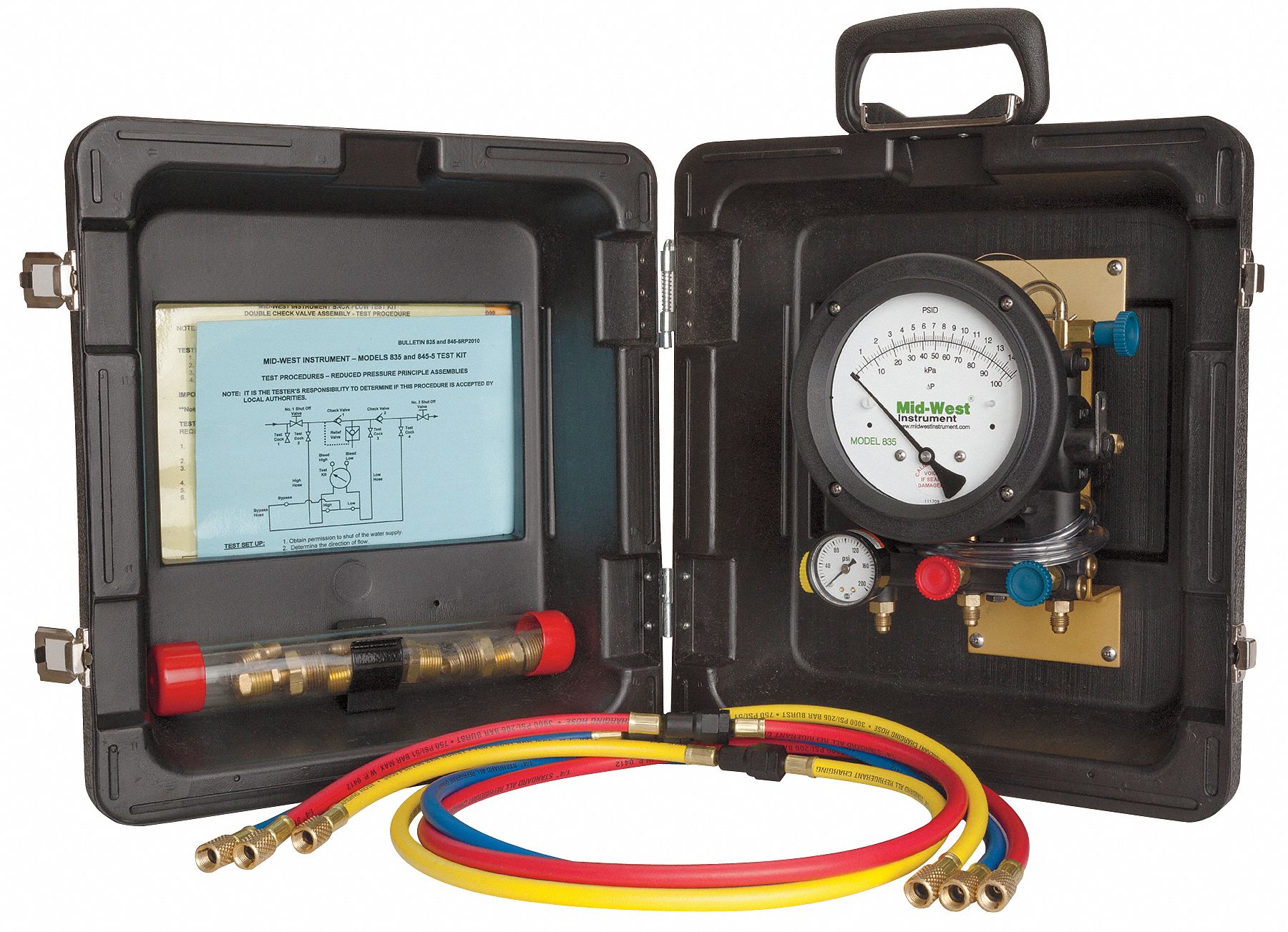Drinking water is an important resource that all of us often take regarding granted, but making sure its safety will be paramount. Backflow screening plays a crucial role in safeguarding our water offer by preventing pollution from entering clean water systems. Using the rise regarding health concerns and increased regulations, understanding why backflow tests is vital for your current property has never been considerably more critical. Whether you’re a homeowner, the owner of a business, or manage an industrial facility, knowing the risks associated using backflow and exactly how regular testing may mitigate them is definitely essential.
Many people may possibly wonder what accurately backflow testing requires and how generally it should always be performed. From realizing the signs that indicate immediate screening is necessary in order to understanding the legitimate requirements in your area, becoming informed may help shield both your health and your environment. In this post, we will explore the value of backflow testing, the potential consequences of neglecting it, and functional steps you can take to make sure your current water remains risk-free. Join us even as delve into the particular world of backflow prevention and find out why investing throughout testing repairs and maintanance is a priority you can pay for to overlook.
Understanding Backflow Testing
Backflow testing is usually a critical procedure that ensures the safety and quality of your respective water supply simply by preventing contamination. If water flows backward in to the clean drinking water supply, celebrate a dangerous situation known as backflow. This can happen due in order to changes in stress within the normal water system, often brought on by events such as a burst open pipe or the work with of a grass irrigation system. Standard testing is necessary to recognize and resolve potential issues before they lead to be able to significant contamination dangers.
Executing a backflow test involves exploring the backflow prevention devices mounted in your plumbing system. These gadgets are made to keep grubby water from moving back in the clear water system. A new certified tester can evaluate the operation of these devices, ensuring they run correctly to guard your moving water from pollutants and dangerous materials. Understanding how this kind of testing works can help property owners love the importance of routine maintenance.
The recommended regularity for backflow testing varies according to local regulations and the kind of property. Several municipalities require yearly testing, especially intended for commercial and multi-family buildings, to guarantee compliance with protection standards. Knowing if to test your system can assist prevent costly repairs and keep the water supply secure for anyone.
Importance and Regularity of Testing
Backflow screening is important to making sure the safety and quality of your hydrant. Contaminated normal water can cause serious health risks, so that it is important for property masters to prioritize this specific testing. Regular assessments will help detect possible issues before that they escalate, safeguarding your own household or business from unsafe water conditions. Understanding the particular importance of backflow testing can inspire proactive measures to safeguard your water supply and overall well being.
The particular frequency of backflow testing varies based on local regulations and the special needs of your current property. For the majority of residential properties, annual examining is recommended to ensure that backflow prevention devices are functioning properly. Commercial and industrial facilities often face stricter requirements due in order to the higher risk related to their procedures. It’s crucial to be able to stay informed about local laws associated to backflow screening, as these could dictate how usually tests must be planned.
Overlooking backflow testing may lead to extreme consequences, including water contamination, health dangers, and costly repairs. Identifying the symptoms that indicate typically the need for assessment will save you from possible calamities. By adhering to a typical screening schedule, house owners will maintain a dependable in addition to safe water offer, minimizing the risk of backflow-related problems and ensuring conformity with necessary polices.

Reduction and Compliance
Preventing backflow is not only essential for preserving water quality but also for complying with numerous regulations. Many municipalities have strict regulations regarding backflow reduction devices and typically the frequency which backflow testing has to be done. By understanding site link , homeowners can ensure they are generally in compliance plus avoid hefty penalties or legalities that may arise through negligence. Regular backflow testing acts as a safeguard towards potential contamination, making sure that your real estate meets local health and safety criteria.
Property owners should schedule backflow testing annually at the very least, although the frequency might vary dependent on specific usage and local rules. Commercial properties may have different requirements compared to residential homes. Being proactive with tests and maintenance helps prevent unexpected backflow incidents, which could interrupt business operations and pose health threats in order to employees and buyers. Knowing when to test and keeping precise records are essential components of complying.
By being diligent regarding backflow prevention in addition to testing, home owners can significantly slow up the chance of contamination and be sure safe drinking normal water for all occupants. Moreover, investing in certified backflow prevention devices and selecting qualified professionals with regard to testing can enhance compliance efforts. Staying informed about area testing requirements and even maintaining ongoing connection with local water authorities can more streamline the method, making sure that will essential water safety measures are consistently upheld.
